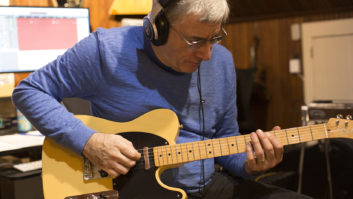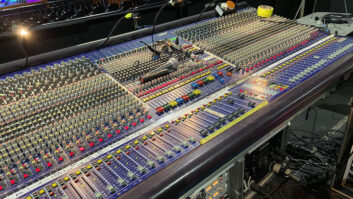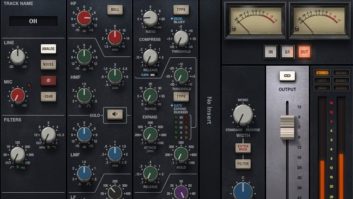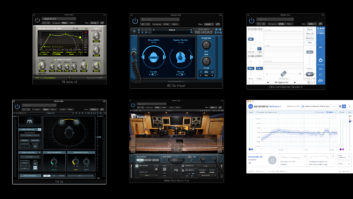For years, I was obsessed with making my digital recordings sound more “tape-like” or “tube-like” or giving them an “analog vibe” in some way. I tried quite a few analog-modeled processing plug-ins over time, and while many were pretty good, the results always left me with a feeling that something was missing. But over the past few years, that has significantly changed, thanks to the improved quality and accuracy of modeling technology and increased CPU power.
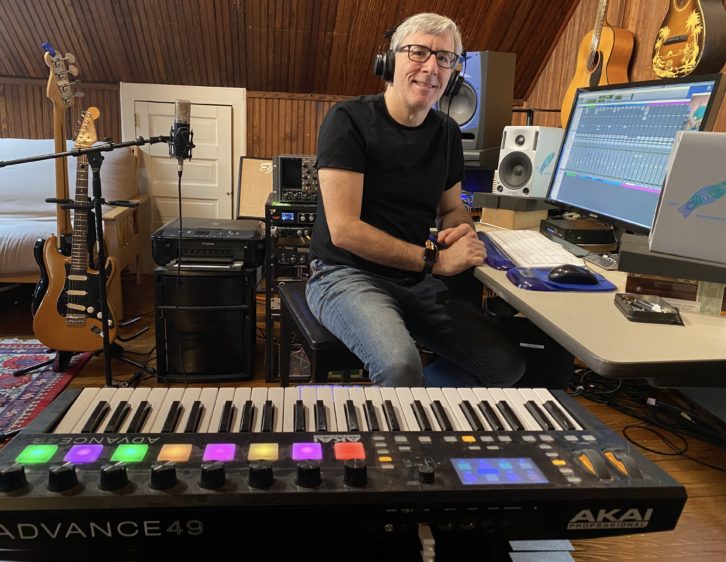
This topic was on my mind as I wrote this because I just tested out a new drum processing plug-in from 2getheraudio called RICH Drums, which provides EQ, imaging, compression, tape emulation and more for drum tracks. Being the plug-in junkie that I am, I downloaded the demo version out of curiosity.
A few years back, I reviewed a couple of dedicated drum-processing plug-ins from other developers and wasn’t all that thrilled with either. So even though I like 2getheraudio’s plug-ins, I wasn’t sure what to expect. But after I installed RICH Drums and inserted it on a dry stereo drum track, I was super-impressed. I liked a lot of the different processors onboard, but in particular, the tape emulation.
For the past six months or so, I’ve been heavily using another analog-modeling plug-in in my mixes, United Plugins Autoformer. It adds both saturation and compression and makes tracks sound like you’ve slathered them with a bucket of analog fatness. I record a lot of DI guitar tracks and have been running them through an amp simulator for tube and cabinet modeling and Autoformer, and they’ve never sounded so good or so authentic.
Read more Mix Blog Studio: AI and Presets.
I also heavily use various analog-modeled plug-ins from significant developers, such as UAD, Waves, Softube and Plugin Alliance. Luna, UAD’s new DAW, is like an analog-modeled wonderland. It makes it easy to apply tape machine emulations and modeled console summing to your tracks and buses as you work on recording and mixing your song.
Ironically, now that analog-modeled plug-ins are so good, the challenge for me has morphed from “Can I make my tracks warm?” to “Am I making them too warm?” That’s because it’s easy to get carried away with applying such plug-ins and end up with a mix that lacks punch due to transients that have been squashed and saturated into flabbiness.
Where am I going with all this? I feel that we’ve arrived at a great place in terms of recording technology. Our DAWs offer us more power and flexibility and editing power than ever before and are light years ahead of what we had with tape-based systems in those respects.
And now that analog modeling sounds so good, we no longer have the issues of sterile sound quality that we did in the earlier days of digital audio.
We’ve got the tools we need. Now we just have to write and record amazing music. That’s where the real challenge comes in.

